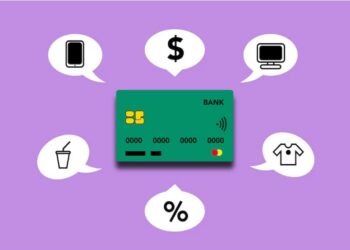There are several cross-border payment trends increasing the demand for a better international payments system in Africa. This intensifies the need for Africans to have access to cross-border payment services that are efficient and safe.
As a result, innovative new business models and companies are emerging. First let’s look at some of the growth-influencing trends.
Trend 1: Changing consumer demands
The increased pace of change in the cross border payments market is closely connected to rapidly changing consumer demands. Consumers are aware of the growing choices they have, and are less willing to pay for costly banking services. At the same time, they expect their international payments process to be fast, secure and intuitive.
The increasing penetration of smartphones, and popularity of digital access points like alternative payments methods (APMs) using crypto for remittances, have created new demands that banks are struggling to meet. Alternative solution providers that offer faster, cheaper, and more transparent cross-border payment solutions are gaining a competitive advantage over banks.
Trend 2: Increasing trade with emerging markets
As international transactions increase, another major trend within cross border payments is the growing focus on emerging markets in Africa. Global cross-border trade growth is being stimulated by initiatives like the African Continental Free Trade Area.
Trend 3: Accessibility of mobile phones and ePayments
The increase in smartphone ownership across the world has given people almost limitless access to banking services and ePayment solutions, with mobile wallets showing significant, steady growth. Global mobile wallet usage is predicted to grow to around 52% in 2023 by Worldpay.
Other important factors influencing the growth of cross border payments include:
- Manufacturers expanding supply chains across borders
- Cross-border asset management and global investment flows
- Increasing international trade and e-commerce
- Migrants sending money via international remittances

Recommended: 3 Reasons Changera Should Be Your Payment Solution for Your Mini Importation Business
How cross-border payments work
International transactions are far more complex than transferring funds in a domestic payments situation. Often, multiple banks are involved in the transfer of funds from one country to another, attracting significant bank fees at each payment gateway. Also, exchange rates between different currencies and local taxes for each country are huge factors. Some of the most common cross border payment methods include bank transfers, credit card payments and alternative payment methods such as crypto payments.
Editor’s note: This article is the second part of a series on Africa’s cross-border payment landscape and how it is changing.







Discussion about this post